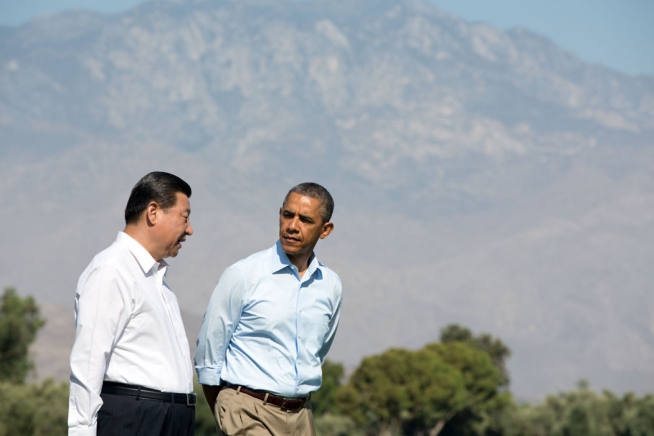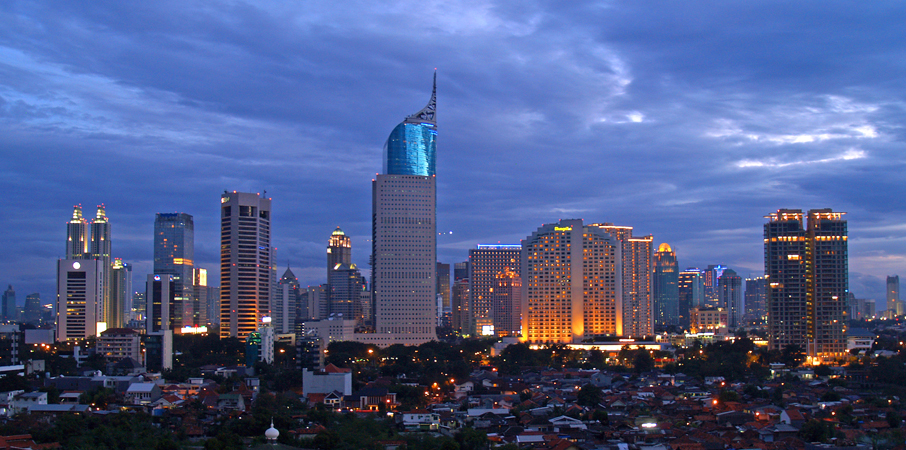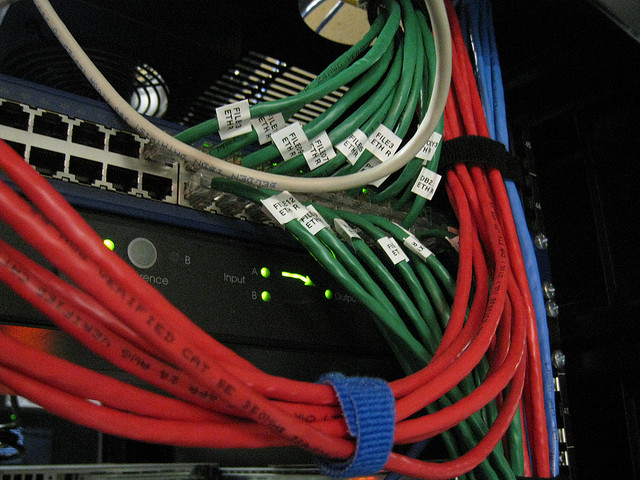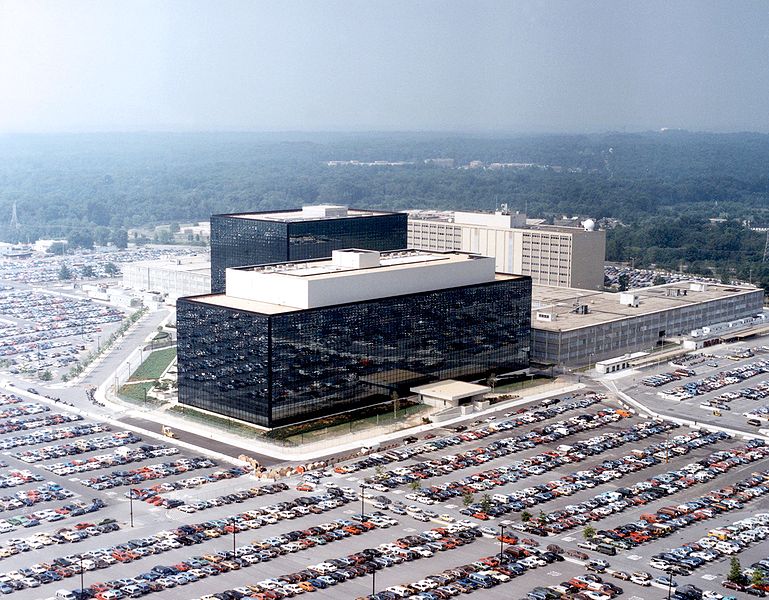A DMO reform recipe – four starting ingredients
 Whichever party wins the upcoming Federal election is going to have to prioritise reform of Defence’s procurement processes and capability delivery to address looming problems, including capability gaps, base consolidation and upgrade requirements. It’s also going to have to deal with the increasingly justifiable malaise within Defence-related industry, at both prime-contractor and SME levels. These priorities exist in the context of a 2013 White Paper which failed to deliver the needed clarity on the funding and capability ‘supply side’ required to deliver DCP aspirations, as well as the stuttering Strategic Reform Program within the Department of Defence.
Whichever party wins the upcoming Federal election is going to have to prioritise reform of Defence’s procurement processes and capability delivery to address looming problems, including capability gaps, base consolidation and upgrade requirements. It’s also going to have to deal with the increasingly justifiable malaise within Defence-related industry, at both prime-contractor and SME levels. These priorities exist in the context of a 2013 White Paper which failed to deliver the needed clarity on the funding and capability ‘supply side’ required to deliver DCP aspirations, as well as the stuttering Strategic Reform Program within the Department of Defence.
No doubt, the incoming ministerial team will be bombarded over the coming months with long lists of reform suggestions from stakeholders trying to influence their thinking on these matters, and in particular to effect change on the Defence Materiel Organisation (DMO), whose current organisational settings have clearly been the source of discontent for many stakeholder groups (including both of its primary partners—the ADF capability managers and industry). Read more






